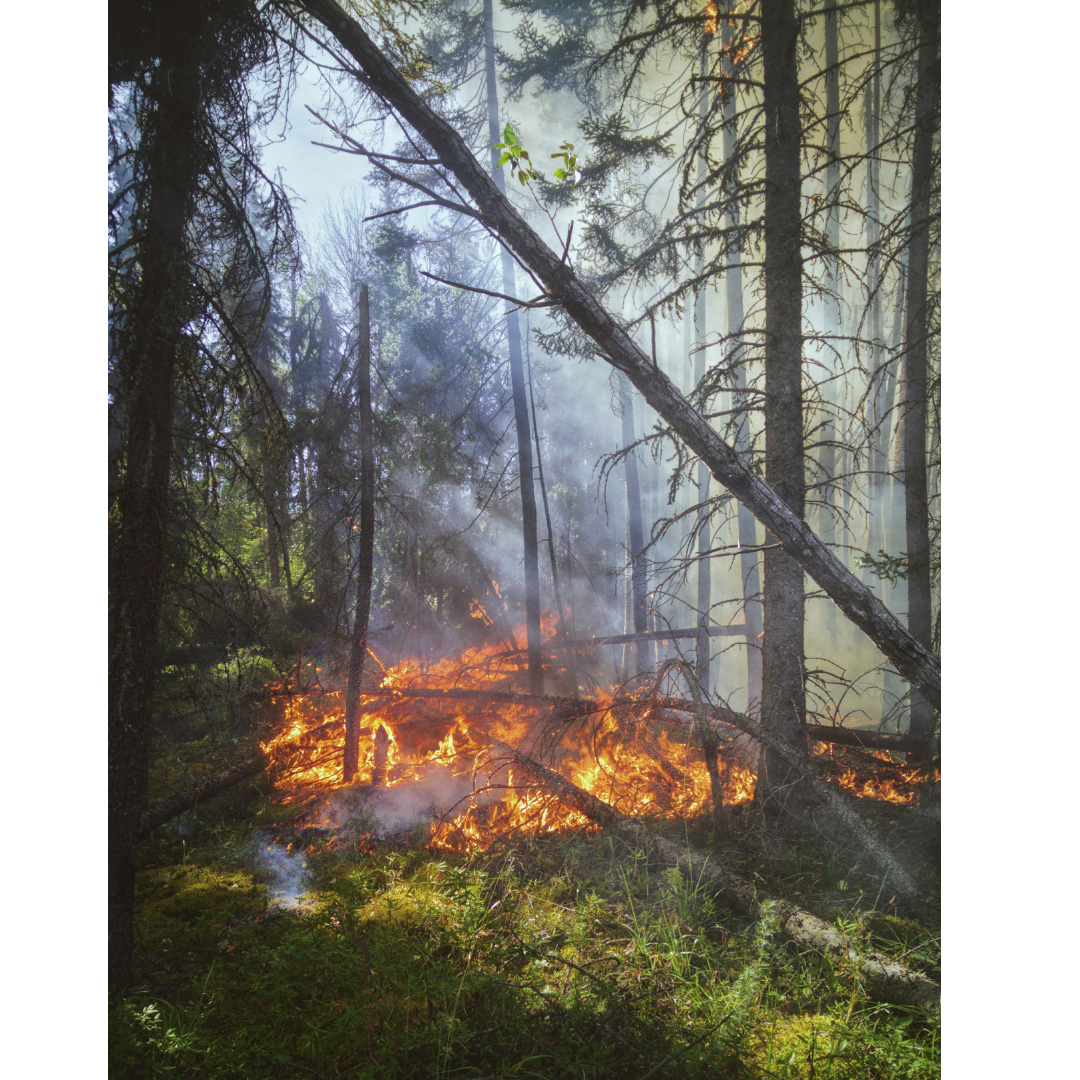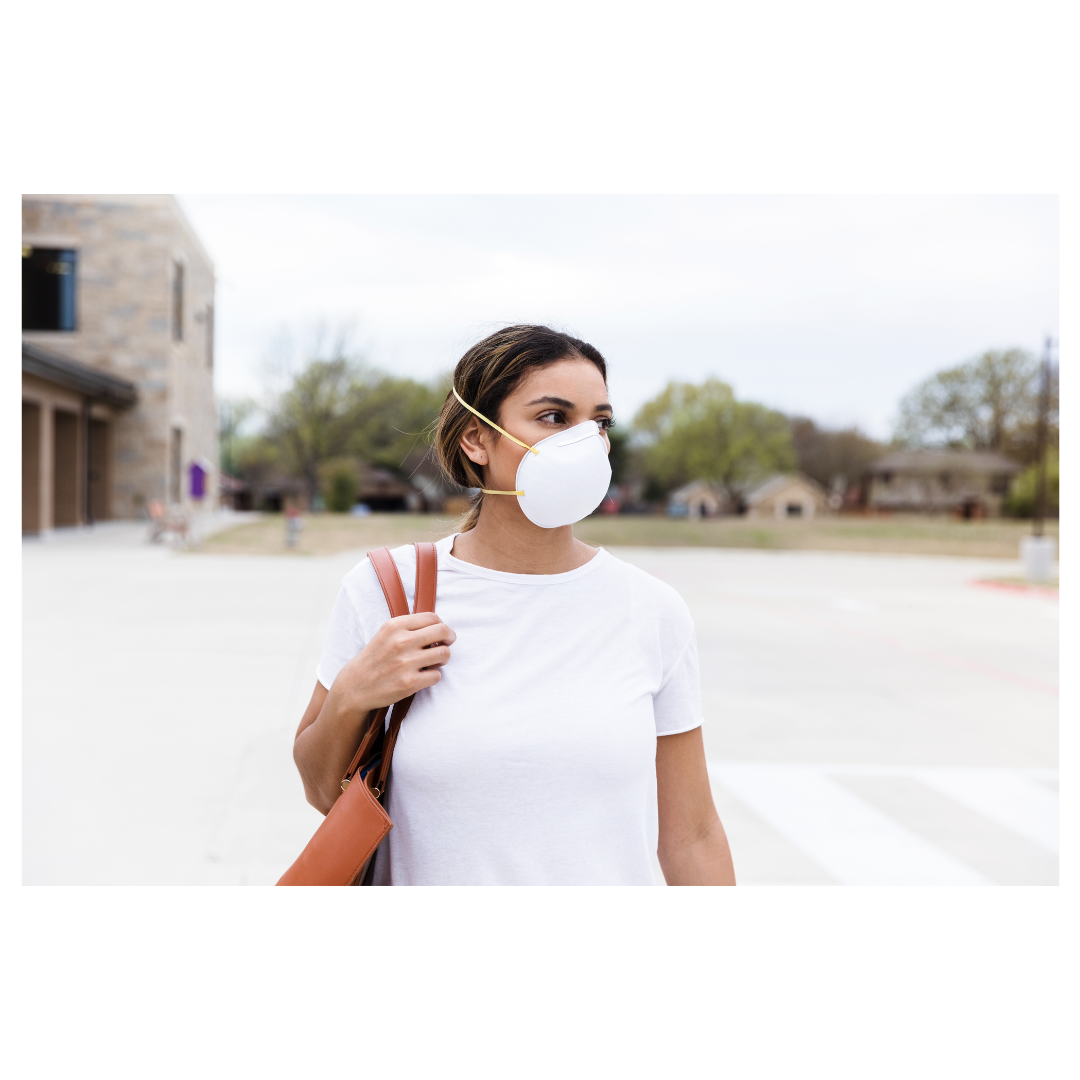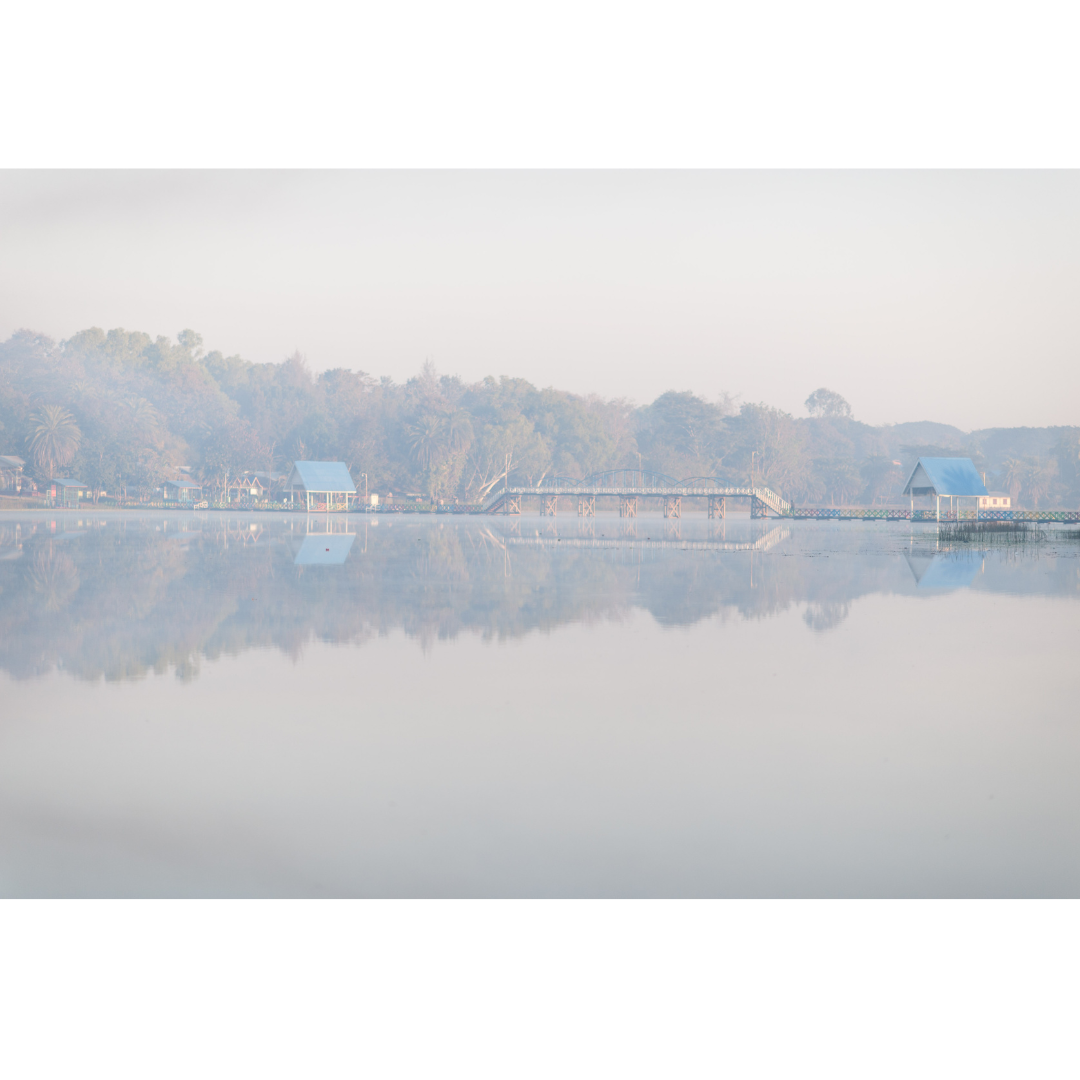What is in wildfire smoke? 
Wildfire smoke is made up of a mixture of gases and very small particles that are produced when wood and other organic matter burn. The small particles in wildfire smoke also contain other types of air pollution and have been linked to serious health effects. Smoke also contains toxic gases like carbon monoxide that can be harmful to your health.
Smoke particles are small and can get deep into your lungs and may be absorbed into the bloodstream.
What are the health risks?
Your body will try to protect itself against the smoke particles by making more tears and mucous.
Exposure to wildfire smoke can cause:
- runny nose
- scratchy throat
- irritated sinuses
- headache
- cough
- difficulty breathing
- chest pain
Certain sensitive populations (children, older adults, pregnant
women) may feel the effects of smoke earlier and have more severe
symptoms than others in the community. Smoke exposure can worsen
existing lung conditions such as COPD and asthma, and worsen
cardiovascular outcomes. Most people will recover quickly from smoke
exposure.
If you have uncontrolled coughing, wheezing or choking, or your
breathing does not improve when you go indoors, consult your health care
provider or call 811 or chat online at ontario.ca/health811.
It is important to note that each person reacts differently to smoke; some are at higher risk of experiencing adverse effects. People in the following groups should reduce their exposure to smoke:
• Children
• Seniors
• Pregnant individuals
• Those with lung disease (asthma or other chronic respiratory diseases)
• Those with heart disease
• Smokers
• People experiencing homelessness.
• Those who work outdoors
Keep an eye on your neighbours, family and friends, and people in
your care who may be more susceptible to wildfire smoke. Encourage them
to seek help if needed and give them tips to protect themselves.
How can I protect myself and minimize the health effects of wildfire smoke?
- Stay out of the smoke as much as possible.
- If it looks smoky outside, it is best to stay indoors, with the windows closed, whenever possible. If the indoor temperature rises to an uncomfortable level, opening the window may be necessary to avoid heat exhaustion. Ideally, use air conditioning, if it is available, or indoor fans to keep cool, and be sure to drink plenty of water to stay hydrated.
- Reduce or avoid outdoor physical activity when possible.
- If you have an air cleaner that will reduce levels of small particles in indoor air, use it and stay in the room where it is located, where possible.
- Use air conditioning (on the recirculate setting) in cars and keep windows closed. Remember, vehicles should never be run in an enclosed space like a garage.
- Avoid using smoke-producing appliances such as wood stoves and even candles.
- Limit smoking tobacco as much as possible – smoking puts added stress on your lungs and on those around you.
- If you have asthma or other respiratory conditions, be vigilant about avoiding smoke and take your prescribed medicine. Speak with your health care provider to get the specific advice that is right for you.
Face masks for wildfire smoke 
Using
a N95 or equivalent respirator can reduce your exposure outside to fine
particles found in wildfire smoke. Proper fitting respirators prevent
air from travelling through small gaps between the mask and your face.
It is generally these fine particles that pose the most significant
health risk. Respirators, however, do not minimize exposure to the gases
in smoke from wildfires.
This strategy may greatly benefit those at higher risk of
experiencing adverse effects and those who spend extended periods in
unhealthy air due to work or other circumstances.
A single-strap dust or surgical mask will not provide adequate protection from smoke. Respirators are not designed to fit children and won't protect them from wildfire smoke.
Where can I learn more about local conditions? 
Resources/References:
Air cleaners
- Ideally the choice to purchase an air cleaner is made prior to
a smoke emergency, as it may be difficult to access one during the
event. High efficiency particulate air (HEPA) filter air cleaners that
do not produce excess ozone can help reduce indoor particle levels.
Their effectiveness will depend on if the unit is properly matched to
the size of the indoor space. Types of units vary from single room to
large central room air cleaners. Only portable room units that do not
produce excess ozone should be used. See the following link from
California Air Resources Board (CARB) that certify air cleaners that
produce little to no ozone: California Certified Air Cleaning Devices
Air conditioners -
Make sure to set your air conditioners (at home and in your car) to
re-circulate indoor air rather than drawing outdoor air. If the air
temperatures become too hot, open your windows and doors.
20241007/cb:nd